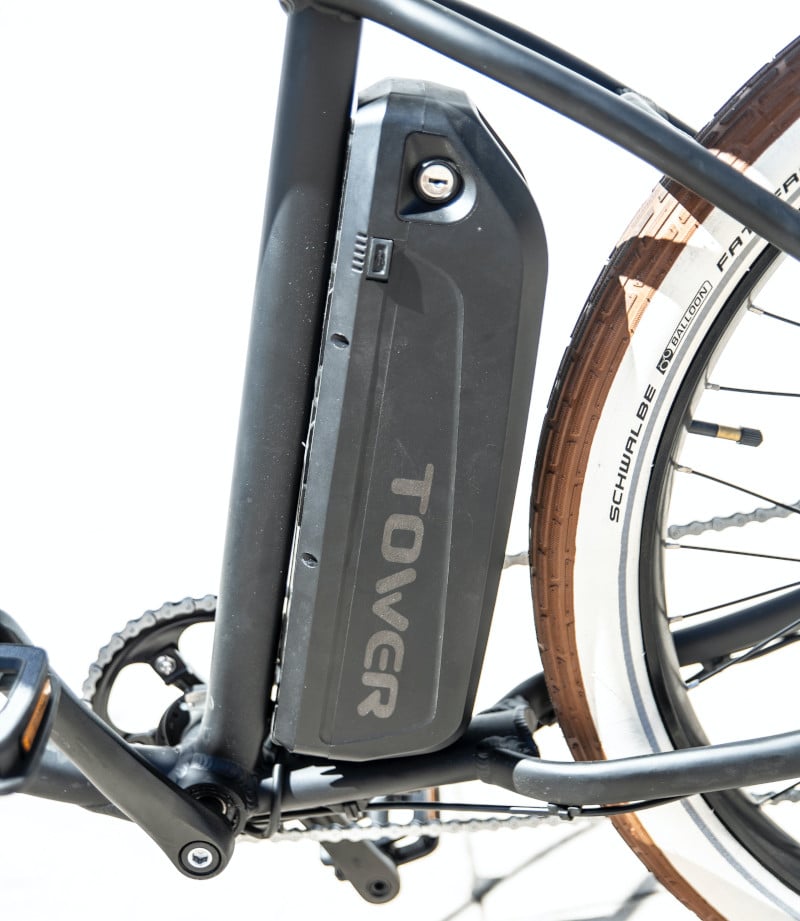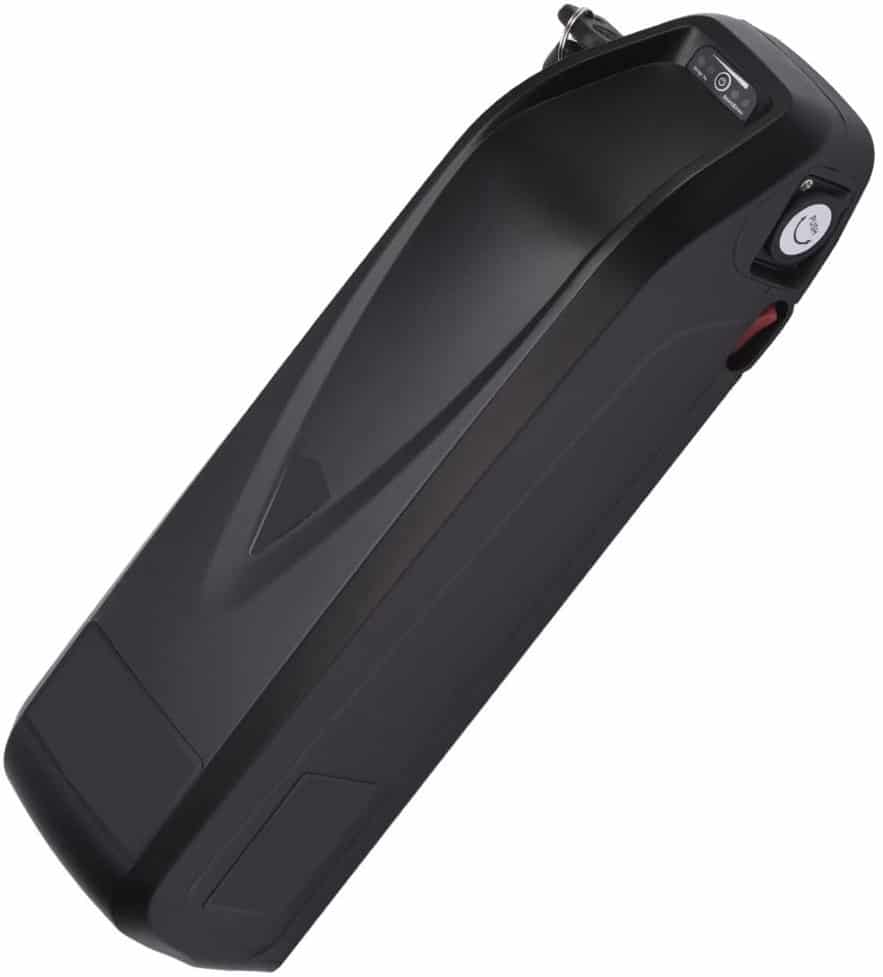Ebike batteries supply the power to the motor and ultimately, they are the energy produced to ease your weary legs going into that headwind, or up that hill. The most popular batteries powering ebikes today are Lithium Ion, and while they are powerful, they are also heavy and expensive – a good battery pack can cost you half the price of your complete ebike, or more, and add a considerable amount to the total weight of the cycle. Batteries today have evolved and are evolving still as technology improves. Lithium Ion (Li-ion) batteries have replaced earlier incarnations of nickel-cadmium (NiCad) and metal hydride (NiMH).
Batteries are the life-blood of the ebike, but to be useful, they have to have some special attributes; they have to recharge quickly, and they have to provide enough power and range to enable you to go where you want to go without losing power; they have to be efficient and uncomplicated to recharge.
How Far Will My Ebike Take Me?
Range is probably one of the main deciding factors on your ultimate choice of ebike. Depending on your specific requirements, whether you are a commuter, or a pleasure rider, or an extreme outdoor exercise buff; no one wants to lose the power of the ebike when they hit that steep hill towards the end of the journey, you want to cruise up that beast of a hill with ease, and power to spare. If your commute to and from work is 30 miles, then you want capacity to spare, you want an ebike that has batteries to give you a range of at least 40 miles or more before you have to recharge. Losing power and having to pedal heavily, and arriving at work sweating profusely, instead of fresh and easy, is not why you invested in an ebike.

It doesn’t help in making your choice that most ebike manufacturers tend to over-estimate the range of their particular ebikes. Range in a test, for example, may be done and published as fact on a trial on only flat land on a good day with no hills to manoeuvre and no headwinds to consider, with a test rider half the weight of an average adult. Add a few hills, some bad weather, and the range would noticeably decrease, so always take manufacturers estimates of range with a pinch of salt and please don’t buy an ebike with a range of 50 miles if you require it to transport you 50 miles on your usual journey. You will be disappointed, not only with manufacturer range promises, but also the fact that batteries will lose efficiency as they age.
See also: Ebike Range, Our Go Further Guide
And: Ebike Battery Care and Maintenance
Does the Ebike Type Affect the Range?
Some ebikes have pedal sensors, whatever the terrain or conditions, you may have to pedal and the sensors dictate when the batteries activate to power the motor and ease the strain.
Some ebikes have a handlebar throttle and can allow the batteries to activate and power the motor without the need to pedal at all.
Range with the former may be better as the rider is always, in some regard, assisting the batteries by pedalling. With the latter, range can be severely shortened as the motor is doing more of the work over more of the journey so the batteries lose juice quicker. Therefore, if you expect a mostly pedal free ride, expect a far shorter range than someone prepared to exercise more, at least on the easier legs of the journey. This is why the type of ebike you buy can greatly affect the range you may have.
What Is an Ebike Battery Pack?
A battery pack on an ebike is an amount of small batteries (commonly 18650 sized) linked together to work as one powerful unit, usually contained in a pack, or container, that can easily be charged on the ebike, or removed as a unit to be charged indoors at home, or at the office perhaps. Sometimes the pack is installed within the frame of the bicycle and cannot be removed, but most battery packs can.
Size of the battery pack varies, as does the power of the fully charged unit. Batteries are measured in Volts and Amps that produce a measure of Watts. Factors that can also affect the battery, as well as range and cycling conditions, are the efficiency of the controller and motor, and the weight of the cycle and rider.

Battery voltage (V) – most ebikes tend to be 36V or 48V, voltage is the flow of energy, therefore the higher the voltage the more power at your hands.
Battery Amps (Ah) – is a measure of force. Amp Hours (Ah), and refer to the battery’s capacity over time. The further you want to travel, the higher the Ah you desire.
Battery Watts (Wh) – if the battery is measured in Wh this is a simple equation of a combination of Amp-hours (Ah) multiplied by the Voltage (V), therefore a 24V 10Ah battery would deliver 240Wh.
Of course, who wants to think about volts and amp-hours and watts, when all you want to do is jump on the ebike and go? But they are a major deliberation to consider when you make your choice of ebike, so without blinding you with science, we hope we have provided a simple explanation of how important the battery is on an ebike.
